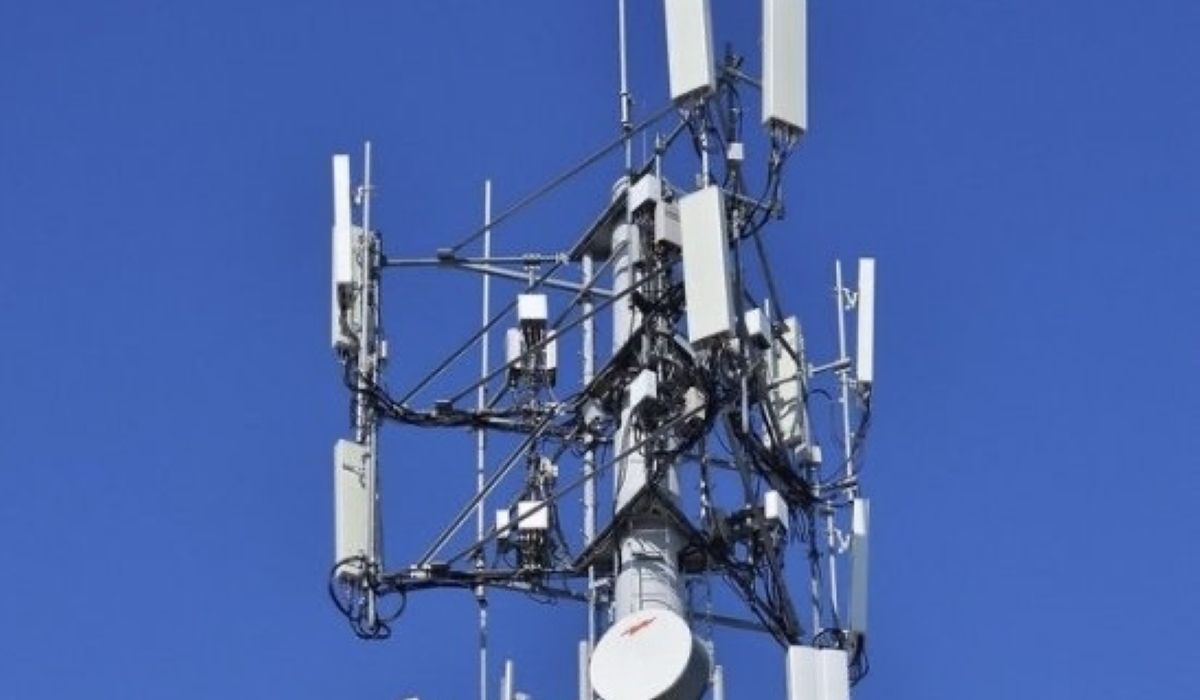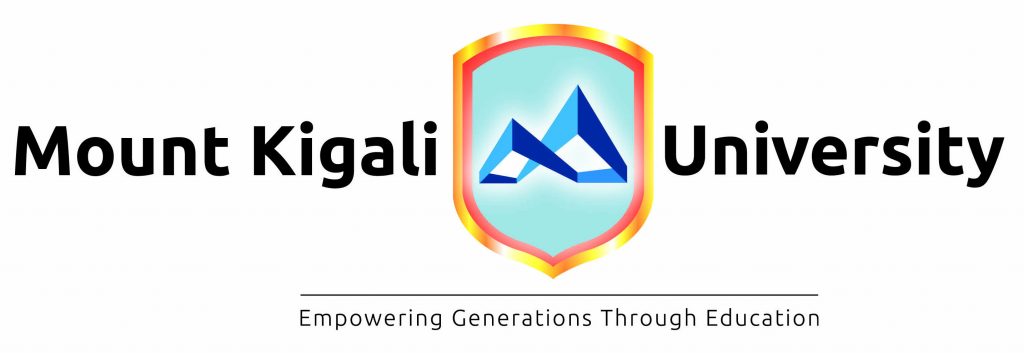The Government of Rwanda has moved to guarantee resilient communication during national emergencies by officially launching the National Emergency Telecommunication Plan (NETP) on October 20. The strategic framework, a collaborative effort between the Ministry of ICT and Innovation (MINICT) and the Ministry in Charge of Emergency Management (MINEMA), is designed to ensure that crucial information systems remain operational even when facing the impact of natural disasters.
The creation of the NETP was directly motivated by recent climate-related challenges. “We drew vital lessons from the floods and landslides that have impacted our communities,” said a spokesperson from MINEMA, emphasizing that those events highlighted an urgent national requirement for more resilient communication networks. The NETP directly addresses this by covering all four phases of disaster management: mitigation, preparedness, response, and recovery.
It mandates the establishment of clear communication protocols, including Standard Operating Procedures (SOPs), and the regular conduction of nationwide emergency drills to embed preparedness into local operations.
A key feature of the plan is its focus on modern, multi-channel resilience. Beyond relying on traditional mobile and radio systems, the NETP officially incorporates Starlink satellite technology to boost internet access in remote or severely affected areas. Marcel Sebahizi Mugisha, a Senior Technologist at MINICT, confirmed the government’s operational commitment to the initiative.
“The ministry will deploy mobile towers and satellite equipment to ensure connectivity remains unbroken when other systems fail,” Mugisha stated, highlighting the intention to deploy physical, dedicated resources.
The implementation of the plan will take place over a three-year period, supported by funding from key institutions like MINEMA, the Rwanda Utilities Regulatory Authority (RURA), and local telecom operators. Oversight and coordination will fall to a newly established National Emergency ICT Cluster, bringing together technical agencies such as the Rwanda Information Society Authority (RISA) and Meteo Rwanda.
By formalizing these systems and aligning with international guidelines like the ITU and the Sendai Framework for Disaster Risk Reduction, Rwanda is establishing a robust mechanism aimed at strengthening its early warning capabilities and ultimately protecting citizen safety.





